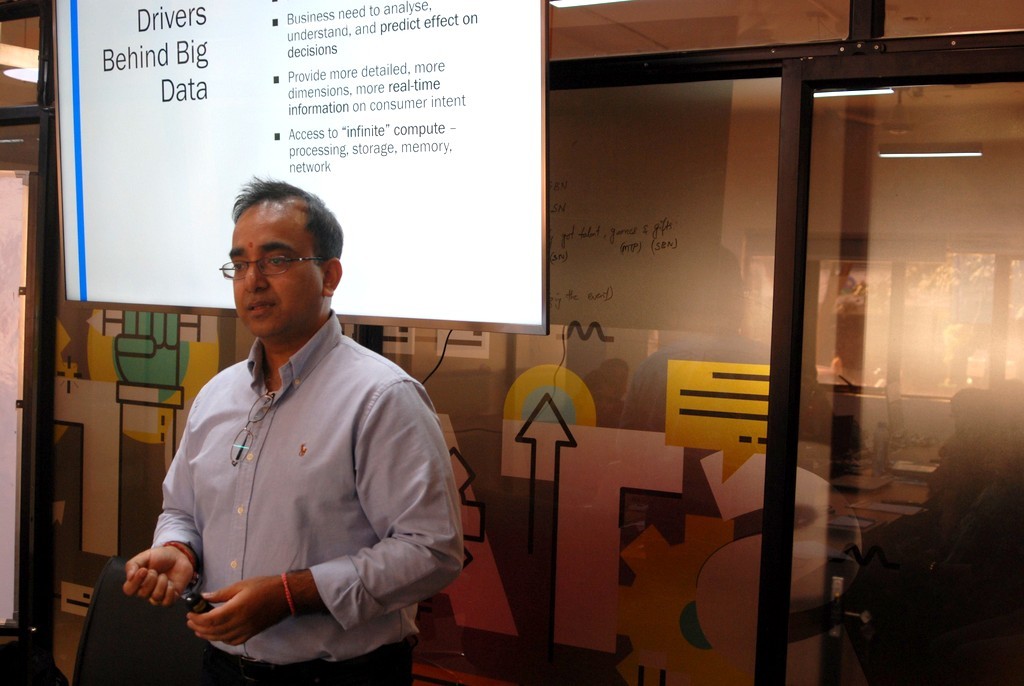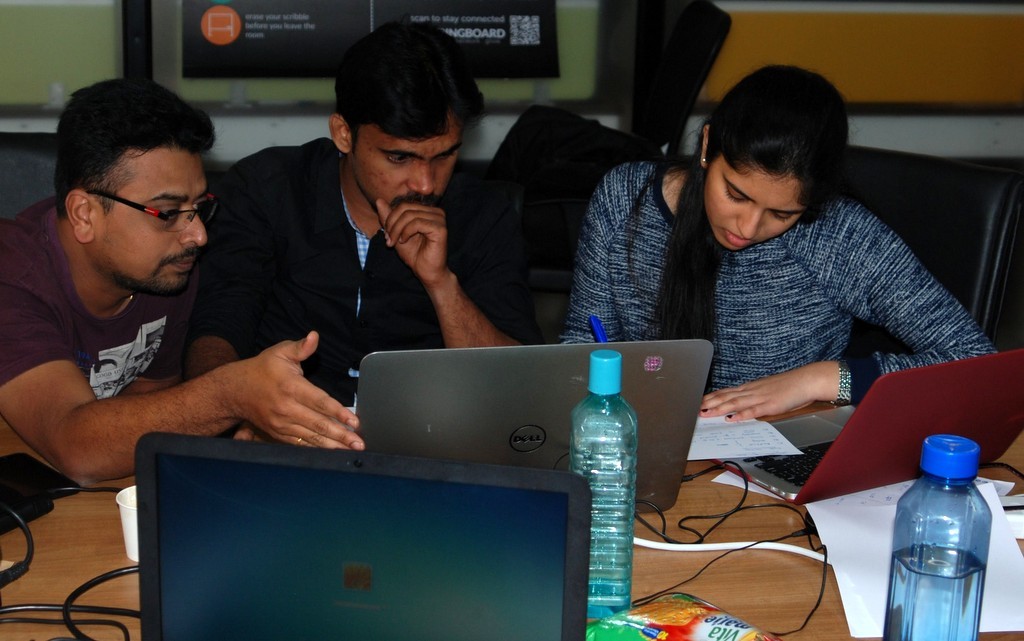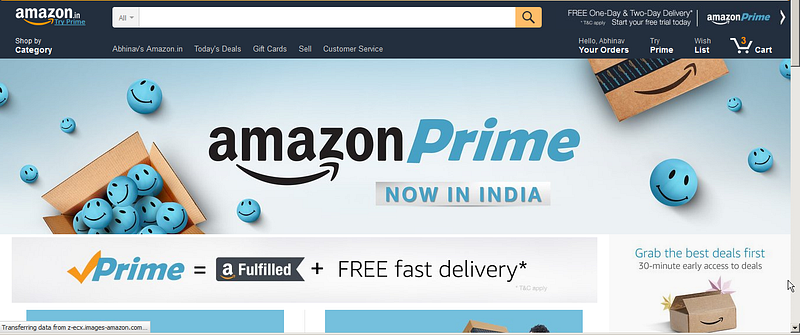R
emember Chuck Noland? The character in the movie Castaway, who has to use the blade of an ice-skate to extract his abscessed tooth, without anesthesia? The scene is painful to watch, yet you can't look away.
Interviews have this habit of turning up a Chuck Noland - in the interviewee or the interviewer. You willingly agree to subject yourself to the wanton abuse by random strangers who you may have to end up working for or with. Apart from the talented few whom companies are more eager to hire than they are to get hired, most are in less enviable positions.
What about interviewers? Not all are cut from the same cloth. But there are at least six types that I think we have all met in our lives, and a seventh one.
1. The Interview As an End In Itself - Hyper-excited newbie
You know this guy. You have been this person, most likely. You have a team now. You expect your team to grow. You have to build a team. You believe that you, and you alone, know what it takes to hire the absolutely best person for the opening you have.
You sit down and explain to the harried hiring HR person what the role is, what qualifications you are looking for, why the job is special, why just ordinary programming skills in ordinary programming languages will simply not cut it, why you as the hiring manager are special, and how you will, with the new hire, change the product, the company, and eventually the whole wide world. The HR executive therefore needs to spend every waking minute of her time in the pursuance of this nobler than noble objective. You badger your hiring rep incessantly, by phone, by IM, by email, in person, several times a day, asking for better resumes if you are getting many, and more if you aren't getting enough.
You read every single resume you get, several times over. You redline the points you don't like. You redline the points you like. You make notes on the resumes. You still talk to every single candidate. You continue interviewing, never selecting, till the economic climate changes and the vacancy is no longer available.
Yes, we all know this person.
2. Knows what he is looking for and knows when he finds it
This person is a somewhat rare commodity. This person does not suffer from buyer's remorse, knows that there is no such thing as a perfect candidate, and that the best he can hope to get is a person who comes off as reasonably intelligent, hard-working, ethical, and is going to be a team player.
This person will however also suffer from blind spots. Specifically, two kinds of blindspots. The first is that he will look for and evaluate a person only on those criteria that he can assess best. The second is that he is more likely to hire candidates that are similar to other successful employees in his team, and will probably become less likely to take chances on a different type of a candidate. On the other hand, this manager also knows that conceptual skills are more important to test than specific knowledge of some arcane syntax in a geeky programming language - if you are talking of the world of software for instance.
This person is a rare commodity.
3. Hire for Empire
Like our previous type of hiring manager, this hiring manager is also very clear-headed. But, here the interviewer is hiring to add headcount to his team. Grow the empire. More people equates to more perceived power. This person understands three things, and understands them perfectly.
First, that if he is slow in hiring, then a hiring freeze may come in, and the headcount may no longer stay open.
Second, he (or she) is also unable and equally unwilling to evaluate a candidate, so just about anyone will do.
Third, and most importantly, this manager knows that every additional person reporting to him on the organization chart elevates him in importance vis-a-vis his peers, and therefore hiring is a goal noble enough to be pursued in its own right.
It's a win-win situation for everyone - except the customers, the company, and the team.
4. I have other work to do. What am I doing here? What is he doing here?
This person has little skin in the game. He has no dog in the fight. Pick your metaphor. He is there to take the interview because of someone's absence, or because in the charade of the interview "
process" that exists at many companies, there exists a need to do this interview. The interviewer agrees because it is a tax that needs to be paid. You don't want to be labeled a non-team-player. Who knows when this Scarlet Letter may come to haunt you. So our interviewer sets aside half an hour or more, preferably less, of his time, and comes back wondering where thirty minutes of his life just went. That question remains unanswered.
5. Know-it-all and desperate to show it
This person perceived himself as an overachiever. This is the sort of person who will tell you with casual nonchalance that he had predicted the rise of Google in 1999 - just so you can get to know that he had heard of Google in 1999. This person knows he knows everything that there is to know, that it is his beholden duty to make you know it too, and it is your beholden duty to acknowledge this crushing sacerdotal burden he carries. This is the person who will begin the interview with a smirk, sustain a a wry smile, transform into a frown, and end with an exaggerated sense of self-importance.
Do not get fooled.
This person is as desperate, if not more, to interview you as you are to do well on the interview. He will in all likelihood end up talking more than the interviewee.
In every group in every department of every company there exists at least one such person. The successful companies have no more than one.
6. The rubber-stamp
The boss has decided the person who needs to be hired. The charade needs to be completed. The requisite number of people have to interview the candidate so that HR can dot the "I"s and cross the "T"s. Our interviewer here has to speak with this person. With an air of deference. He will ask all the right questions, but the answers do not matter. You sign off with a heartfelt, "Great talking to you. Thanks a ton for your time. Take care, and we really look forward to working with/for you." No, don't belittle this rubber-stamp. He could be you.
These are not mutually exclusive sets. There are overlaps that exist, sometimes in combinations that would warm Stephen King's heart.
Oh, what about the seventh type of interviewer? He is the
Interviewer as Saboteur. I will talk about him in a separate post.
This post appeared on LinkedIn on July 31st, 2017.
This is an edited version of a post I wrote on April 23rd, 2013.
© 2017, Abhinav Agarwal. All rights reserved.
 According to Amazon, “Prime Music provides unlimited, ad-free access to on-demand streaming of curated playlists and stations, plus millions of songs and albums at no additional cost for eligible Amazon Prime members.”
According to Amazon, “Prime Music provides unlimited, ad-free access to on-demand streaming of curated playlists and stations, plus millions of songs and albums at no additional cost for eligible Amazon Prime members.”































